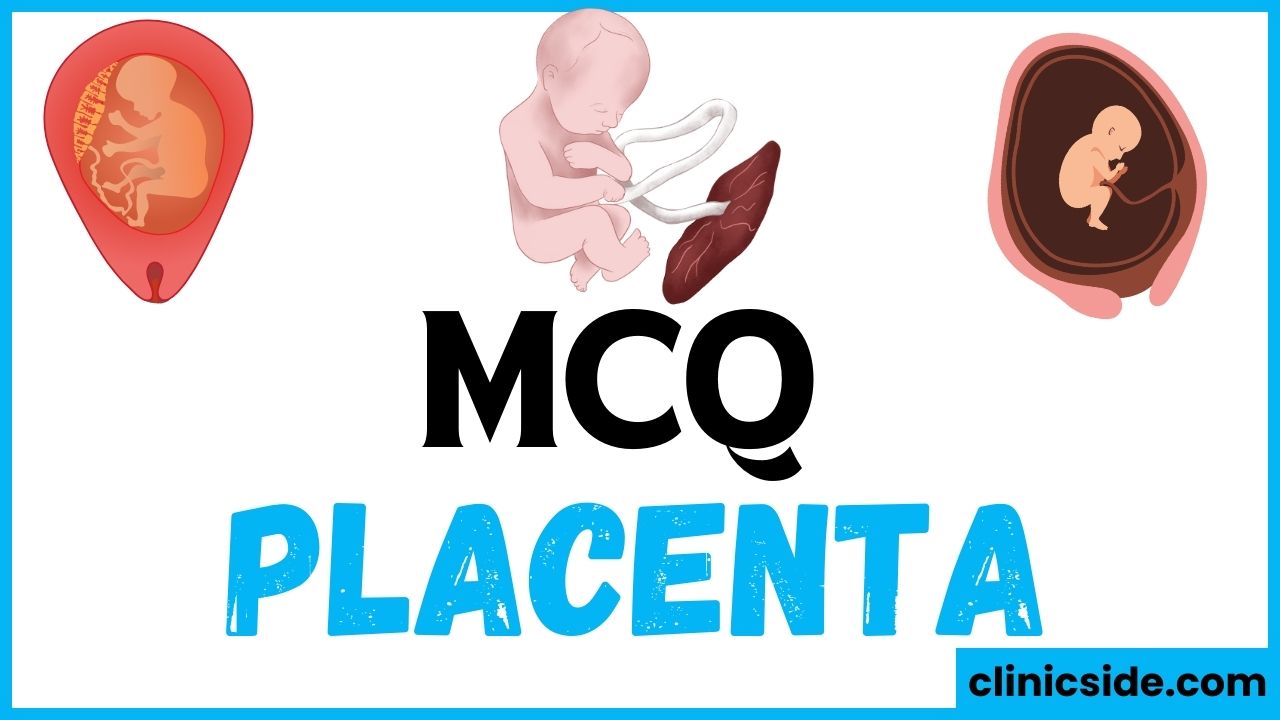Quiz
Available options: 1 to 22
Understanding the Placenta: A Vital Organ in Pregnancy
Introduction:
The placenta is a remarkable organ that plays a crucial role in sustaining pregnancy and supporting the growth and development of the fetus. Formed during early pregnancy, the placenta serves as a lifeline between the mother and the baby, facilitating the exchange of nutrients, oxygen, and waste products. This note explores the structure, functions, and significance of the placenta in the journey of pregnancy.
Structure of the Placenta:
The placenta is a rounded anatomical structure that affixes itself to the uterine wall. Composed of both maternal and fetal tissues, it consists of several layers:
Chorionic Villi: These finger-like projections extend from the fetal side of the placenta into the maternal bloodstream, providing a large surface area for nutrient and gas exchange.
Decidua Basalis: The maternal part of the placenta, derived from the uterine lining, where maternal blood vessels bring nutrients and oxygen close to the fetal vessels.
Amnion and Chorion: Membranes surrounding the fetus and enclosing the amniotic fluid, providing protection and cushioning.
Functions of the Placenta:
The placenta performs a myriad of essential functions to support the developing fetus:
Nutrient and Gas Exchange: It facilitates the transfer of nutrients, such as glucose and amino acids, from the mother’s bloodstream to the fetus and removes waste products, including carbon dioxide and urea, from the fetal circulation.
Hormone Production: The placenta secretes hormones vital for maintaining pregnancy, such as progesterone and estrogen, which help regulate the maternal physiological changes necessary for fetal growth.
Immune Protection: Acting as a barrier, the placenta filters out harmful substances from the mother’s bloodstream, while also producing antibodies to protect the fetus from infections.
Waste Elimination: Waste products generated by the fetus are transported across the placenta into the maternal bloodstream for elimination by the mother’s kidneys.
Significance of the Placenta:
The placenta is indispensable for the well-being of both mother and baby throughout pregnancy:
Fetal Development: It ensures the optimal growth and development of the fetus by providing essential nutrients and oxygen.
Maternal Health: By regulating maternal-fetal immunity and hormone levels, the placenta contributes to maintaining maternal health during pregnancy.
Birth and Beyond: During childbirth, the placenta is expelled from the uterus following the delivery of the baby, completing the reproductive cycle.
Test Guidelines and Time Limit:
Guidelines for Maximizing Your Quiz Experience:
Read and Understand:
Carefully read each question related to Placenta and ensure you have a clear understanding of the concepts before selecting your answer. This will help you make informed choices and avoid misconceptions.
Choose the Best Answer:
Evaluate all available options before selecting the one that aligns best with your knowledge of Placenta. Strive for accuracy and relevance in your responses.
Time Management:
The quiz has a time limit based on the number of questions you choose. Allocate 45 seconds per question. Manage your time wisely to complete all questions within the allotted time.
Efficient time management increases your likelihood of successfully completing the quiz and submitting your answers within the designated timeframe. Best of luck!


